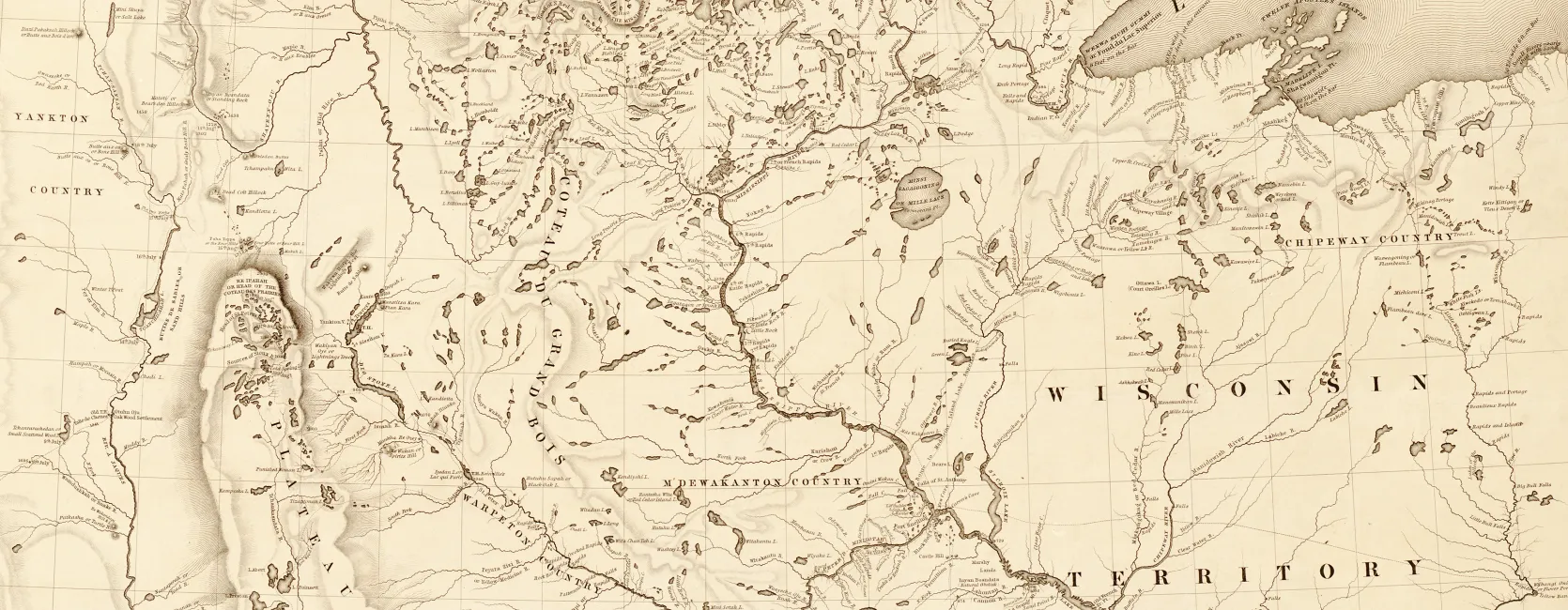Image


DEPARTMENT OF BOTANY
(1899)
Click here for Harriman Expedition Collections
When Edward Harriman turned his 1899 family vacation into a two month foray into Alaska, he had no idea that the venture would result in the discovery of nine completely new species of algae and 240 species of plants. Harriman and his family, accompanied by 126 people, traveled to Alaska aboard the S.S. George W. Elder. Harriman’s initial reasons for inviting people outside of his family are unknown, but the work of the many researchers resulted in vast amounts of valuable scientific data, including the discovery of a new glacier and an array of floral and faunal specimens.
Harriman funded the entire expedition and chose researchers with diverse scientific backgrounds in order to collaborate on all fields of plant, animal, and earth science. After the expedition had ended, the scientists published a 13 volume document called The Reports. De Alton Saunders and Frederick Coville—the main botanists on the expedition—wrote Volume V of The Reports, entitled Cryptogamic Botany. The volume listed every species of fungi, lichen, algae, moss, sphagnum, liverwort, and fern that they had found in Alaska. Even though The Reports was the most comprehensive book on Alaskan botany at the time, the expedition was merely an investigation and was by no means a complete survey of Alaskan plant life.
“Seaweed Saunders”—as he was nicknamed—devoted an entire chapter in Cryptogrammic Botany to his fascination with algae. In fresh water, he stumbled across the previously discovered red algae Rhodochorton rothii. This alga was found by its namesake J.T. Rothrock on the Western Union Telegraph Expedition in 1865. In addition to algae, he also discovered the strong brown kelp Alaria fistulosa on the rocks. The sea weed is similar to algae, but was found off shore, and is so strong that it can be used to make canopies.
Botanists Saunders and Coville also witnessed the ingenuity of the Inuit people as they managed to survive in their less than fertile surroundings. Because the climate was not conducive to traditional agriculture, they manipulated the plant resources that grew naturally in the area. The red algae Palmaria palmate, when dried and mixed with water, was used as a form of pudding in the winter and was also be fermented for a beverage. Coville discovered that the Inuit people used another alga, Fucus evanescens, as a dry food source when mixed with tiny fish eggs called tiyéti.
The numerous algal discoveries the Harriman Expedition’s made were preserved and added to the plant collections at the U.S. National Herbarium. Though Alaska in 1899 still had not been fully surveyed, the trip was a successful attempt to better understand its environment.
References:
PBS. "The 1899 Expedition." The Harriman Expedition Retraced, n.d. http://www.pbs.org/harriman/1899/1899.html.
Goetzmann, William H., and Kay Sloan. Looking Far North. The Viking Press, 1982.
University of Washington Libraryies. "Harriman Alaska Expedition of 1899." Digital Collections, n.d. http://content.lib.washington.edu/harrimanweb/index.html.
Litwin, Thomas S. The Harriman Alaska Expedition Retraced. Rutgers University Press 2005.
Viola, Herman J. Exploring the West. Smithsonian Books, 1987.